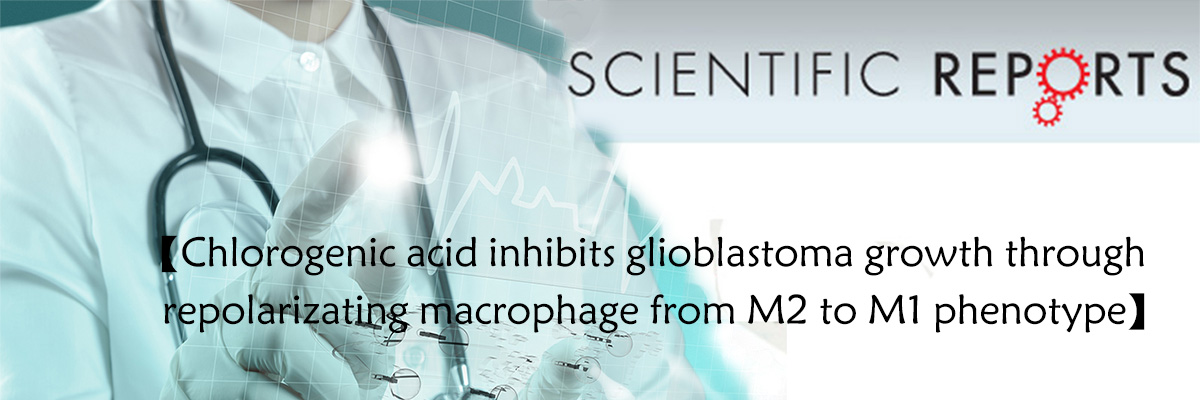The addition of temozolomide (TMZ) to surgical and radiation treatment has been the major improvement in glioblastoma treatment over the past 20years, raising two-year survival from 11 percent to 27 percent. But 90 percent of patients receiving that combination still die within five years, representing what the authors call "a colossal failure."
The major factor leading to that failure has been the development of resistance to TMZ, which acts by inhibiting the synthesis of proteins within cancer cells.Much of that resistance depends on the action of an enzyme called MGMT, which repairs the DNA alteration induced by TMZ. It is known that whether or not the MGMT promoter is methylated a DNA modification that suppresses the expression of a gene can predict whether aglioblastoma tumor will respond to TMZ. A change in methylation status that activates MGMT may be behind the initial resistance of tumors to TMZ, but other resistance mechanisms are also being investigated.
In their search for ways to overcome resistance to TMZ, the MGH-led team pursued a strategy of screening drugs already approved for the treatment of several types of cancer to see if they could improve glioblastoma outcomes.
The team screened a library of 21 anticancer drugs both newer targeted agents and commonly used traditional chemotherapy drugs against 18 cultured glioblastoma cell lines, including stem-like cells from newly diagnosed and recurrent tumors that were both sensitive and resistant to TMZ treatment. While several agents improved the response of some TMZ-resistant cultures, only hydroxyurea sensitized practically all cell lines including several that were previously resistant to TMZ treatment







